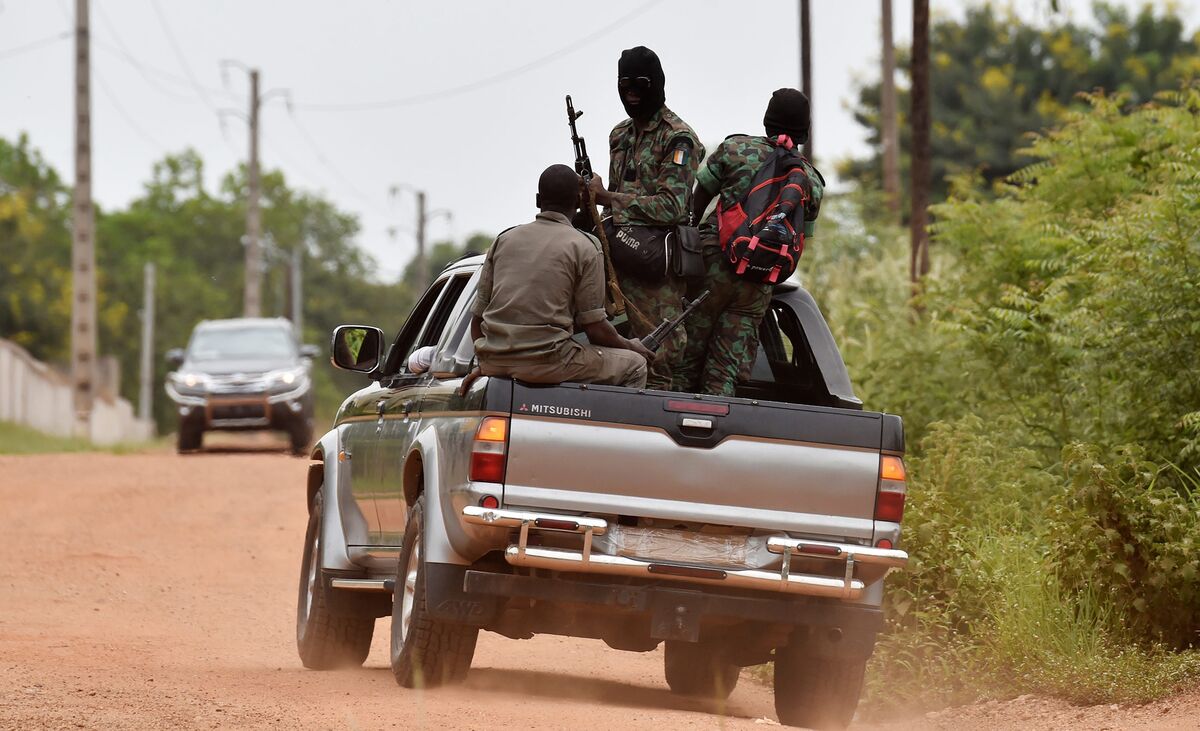
Ivory Coast is unlikely to repeat the upheaval of 2017, when it had to bow to the pay demands of mutinous soldiers and striking government workers while prices for its biggest export plummeted, Finance Minister Adama Kone said.
The West African nation received financial support from the International Monetary Fund to cope with individual payments of almost $20,000 to more than 8,000 military staff and a settlement of more than $400 million with public workers. The world’s biggest cocoa producer also had to trim its budget after prices for the crop fell by almost a third during the season that ended in September.
“Indeed, 2017 has been a turbulent year,” Kone said in an interview in the commercial capital, Abidjan. “We’re confident that the issues are behind us. I don’t see any social entity that could try to revolt today to ask for bonuses as everyone has been served.”
The upheaval didn’t deter investors, who placed total bids of almost $10 billion in June for two Eurobonds of $1.25 billion and 625 million euro, less than a month after the mutiny ended, Kone said.
Debt Markets
Ivory Coast is yet to decide whether it will return to international debt markets in 2018, said Kone. The decision will be taken only after lawmakers have approved next year’s budget in a session later this month, Kone said.
“Our preference is the local market because we raise money in CFA francs,” he said, referring to the euro-pegged currency. “It’s not external debt and there’s no problem of currency.”
Ivory Coast is weathering the drop in cocoa prices because its economy has been diversified, Kone said. Ivory Coast maintained average annual growth of more than 8 percent over the past five years, partly because of policies by President Alassane Ouattara’s government to invest in infrastructure projects and focus on other agricultural crops such as cashew nuts, according to Kone.
While the Ivorian government forecasts that the economy will expand 8.5 percent this year, BMI Research earlier revised its own forecast to 5.8 percent in November on weak cocoa prices and a contraction in construction after the completion of large infrastructure projects. Ivory Coast’s forecast for growth in 2018 is 8.
“Cocoa remains important, but it’s no longer predominant,” Kone said. “One of our priorities is the structural transformation of the economy with a focus on industrialization.”
Read More: Political bickering may hit Ivory Coast’s economy
An alliance with Ghana, the second-biggest cocoa producer, on common policies which are intended to support prices will start to bear fruit within the next one or two years, Kone said. The two neighboring countries are working on plans for the storing and release of cocoa stocks according to market demand and want to increase their capacity for local processing.
After Ivory Coast harvested a record of more than 2 million tons of cocoa in the season through September, persistent rains during traditionally dry periods may cut the size of the current crop, he said.
Cocoa arrivals since the start of the season in October are in line with the same period a year earlier, according to a person familiar the situation.
“Cocoa likes rain but not too much,” he said. “If the rains stops end of November, as we wish, we think production for the season will be very good. If they continue until January, we may have some problems.


0 comments:
Post a Comment